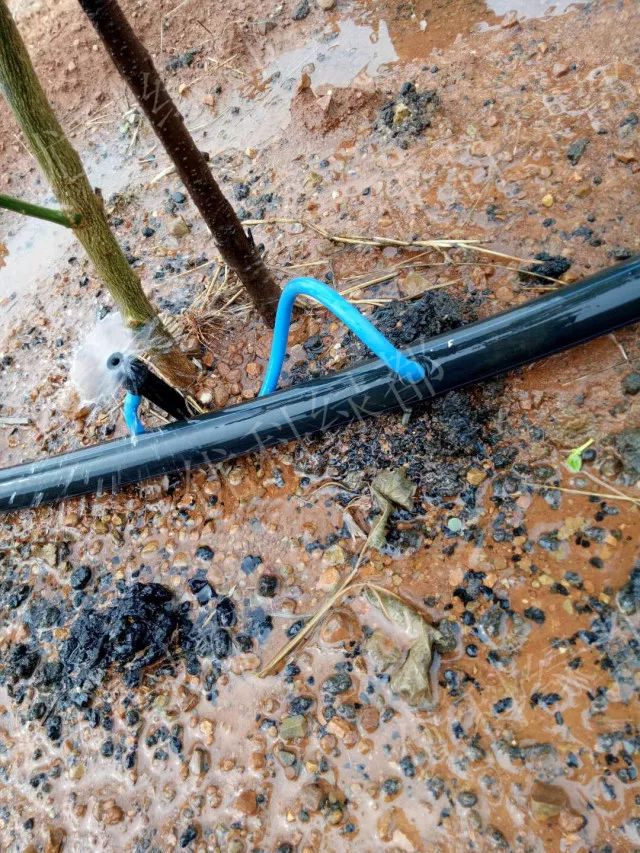Integration of water and fertilizer means applying fertilizer through an irrigation system, so that crops can absorb both water and nutrients. Fertilization, usually carried out at the same time as irrigation, is accomplished by injecting a fertilizer solution into an irrigation pipe under pressure. Irrigation water dissolves fertilizer and spreads the fertilizer over the crop or into the root zone through a system of sprinklers, micro-sprinklers, and drip heads.
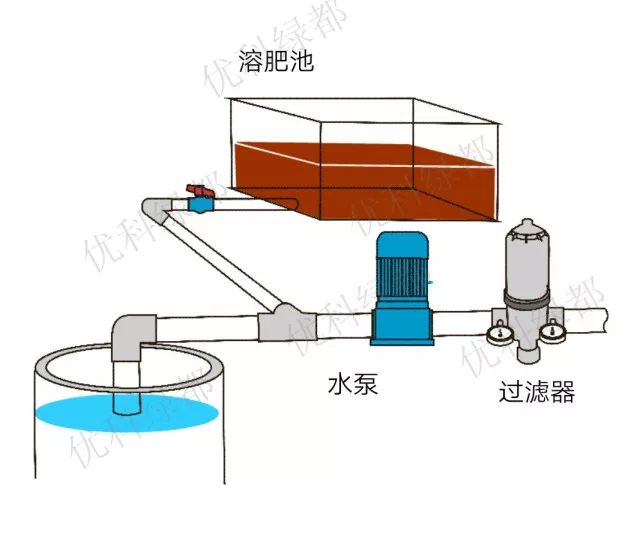
Integrated concept map of water and fertilizer
Integrated advantages of water and fertilizer
1. Compared with conventional fertilization, the amount of fertilizer can be saved by more than 30-50%; (few, many times; (2) reduce volatilization, loss; (3) water soluble fertilizer utilization rate is 50% higher than that of conventional fertilizer);
2. Save a large amount of fertilizing labor, release a large amount of labor to use in other agricultural operations, apply fertilizer at a fast speed, and apply fertilizer on time and in quantity in the links where the crops need fertilizer most or use fertilizer in large quantities;
3, flexible, convenient and accurate control of fertilization time and quantity; Increase yield and quality, and enhance the ability of crops to withstand adverse weather;
4. Since the facility is easy to achieve accurate regulation of water and fertilizer, the root system can be introduced into the bottom soil layer under the condition of deep soil layer to avoid damage to the root system caused by high temperature on the soil surface in summer;
5. Fertilization of facilities and systems can be conducted according to the fertilizer requirements of crops. Apply more fertilizer when absorption is high and less when absorption is low. Many crops are in the peak period of fertilizer demand when they are closed. Due to the influence of weather, people cannot enter the field to apply fertilizer. Due to the precise supply of water and fertilizer, crops grow fast and can be harvested early or in the early stage.
6. Conducive to standardized cultivation; Because of the coordination of water and fertilizer, the amount of water can be reduced. Avoid fertilizer leaching loss, causing water pollution.
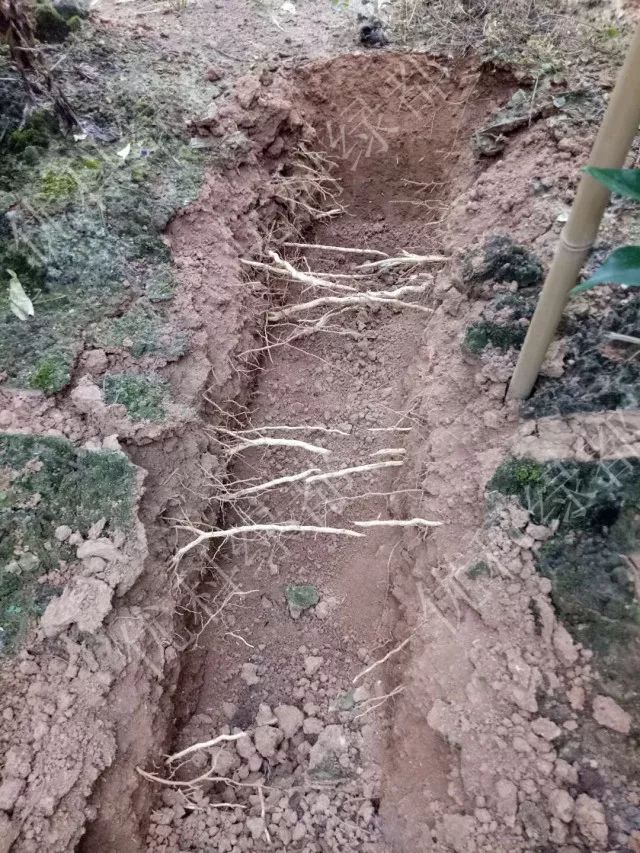
Conventional fertilization
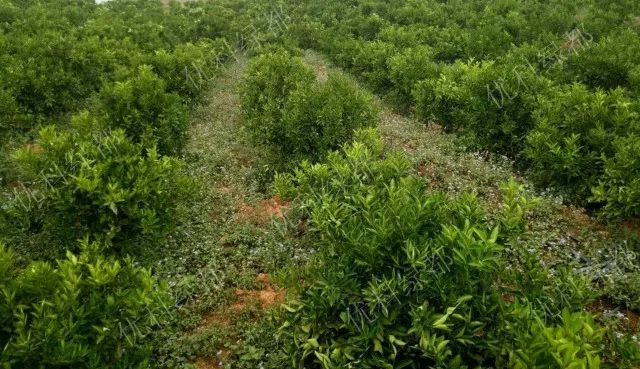
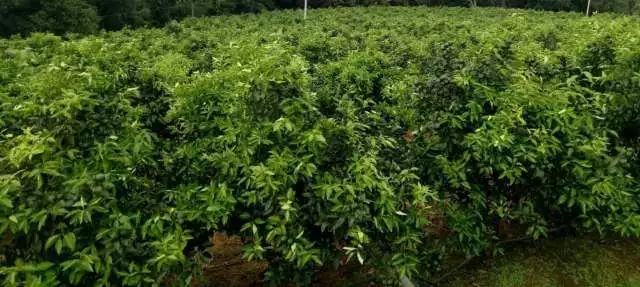
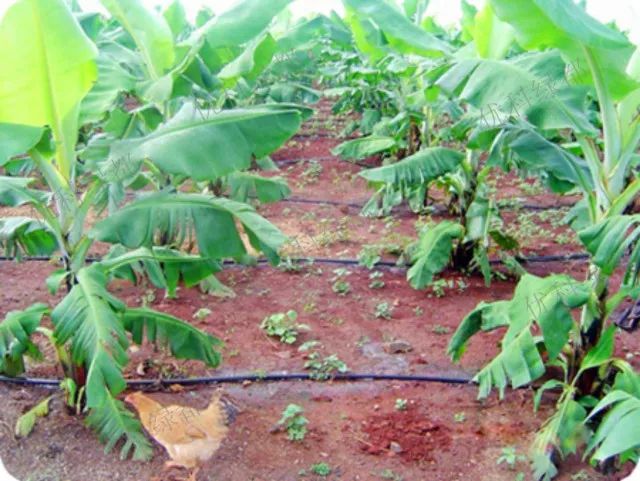
Integrated fertilization of water and fertilizer
Water fertilizer integration notes
Selection of drip rate: it can be controlled according to soil condition, climate and fertilizer quantity; Water quality: the particle size of drip irrigation shall not be more than 120 mesh to ensure that the drip head is not blocked. Water source filtration equipment is the core component of drip irrigation system. Most of the failure of drip irrigation system is caused by non-compliance of filtration equipment or neglect of cleaning filter.
The water quality is poor;
(2) the solubility of fertilizer is not enough;
Fertilizer mixed with the antagonism caused by the application of - precipitation. Fertilizer selection: high content, insoluble impurity content less than 0.5%, multiple elements, no antagonism.
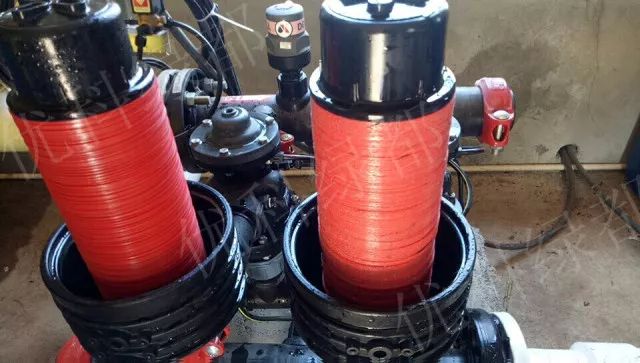
Clean filter in time
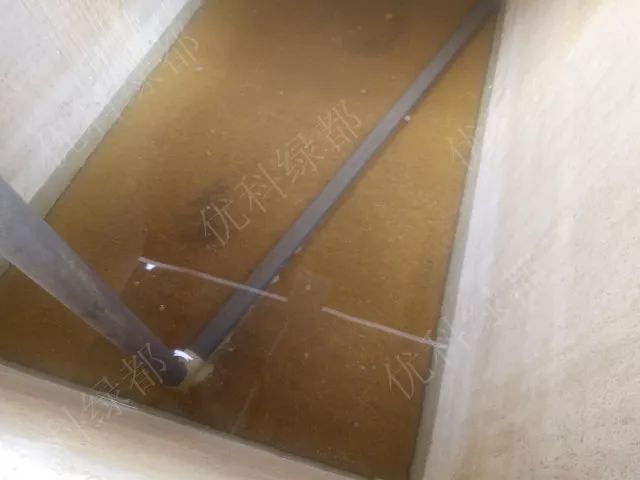
High impurity content of fertilizer
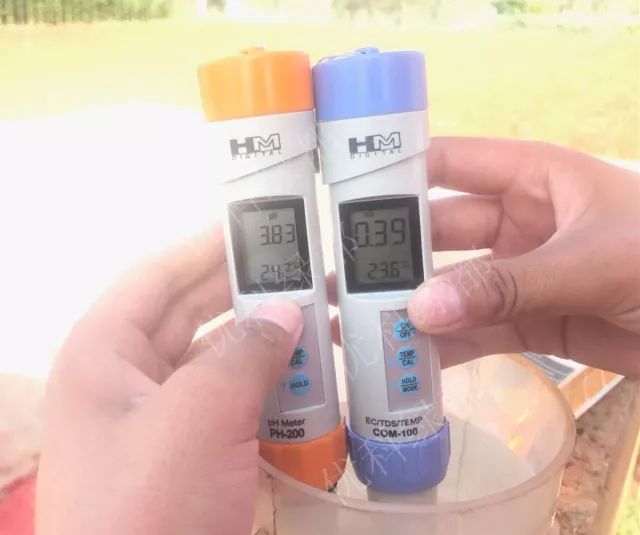
Water quality is poor
Avoid excessive drip irrigation: drip irrigation only irrigates and fertilizes roots. Therefore, it is important to understand the depth of crop root distribution under management.
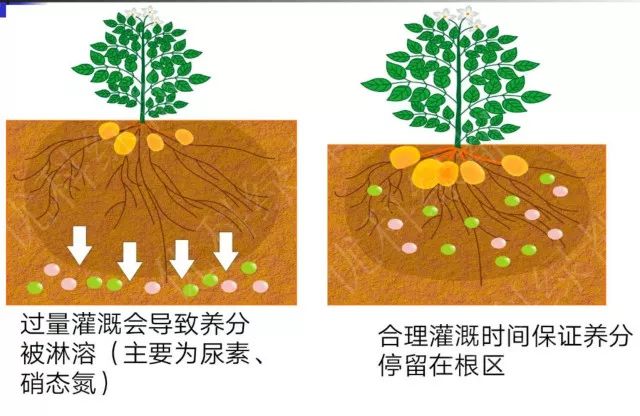
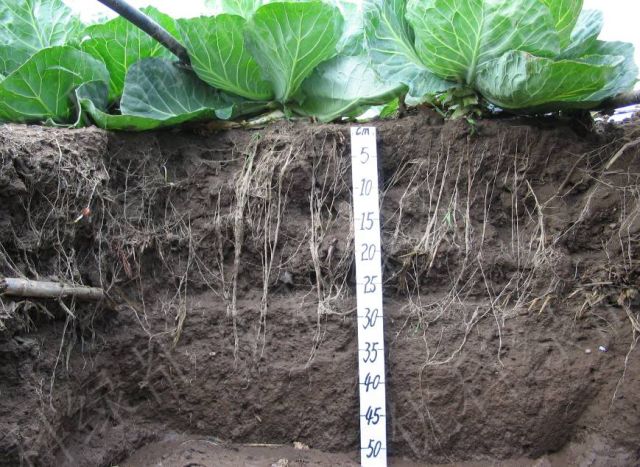
Washing tube problem after fertilization: generally, drip water first and start fertilization after the pipe is fully filled with water. In principle, the longer the fertilization time, the better. After the end of fertilization to continue to drop half an hour of water, the residual fertilizer will be all out of the pipeline. Do not wash the tube after dropping fertilizer, algae and microorganisms will grow on the tip, leading to clogging the tip.
Different irrigation applications
Drip irrigation involves the dropping of fertilizer solution into the root system of a crop, so that nutrients are first absorbed around the root system, resulting in a decrease in the concentration of nutrients around the root system. The concentration is higher at a place far away from the root system, and the high concentration will diffuse to a low concentration, so as to achieve the state of continuous fertilizer supply by the root system. With the development of agriculture, drip irrigation facilities are more and more widely used. The application of drip irrigation needs to take into account water quality, amount of water from the drip head, time, climate, soil type and fertilizer solubility. In addition, in the application of drip irrigation, the relief valve or pressure compensation should be used in the topography with a large difference between high and low.
Spray irrigation and fertilization, applying greater pressure to spray fertilizer solution on crops, covering a larger area, greater water demand, ranch application is more extensive, not conducive to the use of shrub cash crops.
Micro nozzle: can be used for irrigation or fertilization, the control of different pressure, in turn, control spraying area, easy to form in the surface runoff during fertilization result in loss of fertilizer solution, the amount of water is opposite bigger, often beyond the soil infiltration capacity, most nutrition distribution or rapidly permeate root in the earth's surface layer below, root system is difficult to absorb the nutrients in a timely manner.
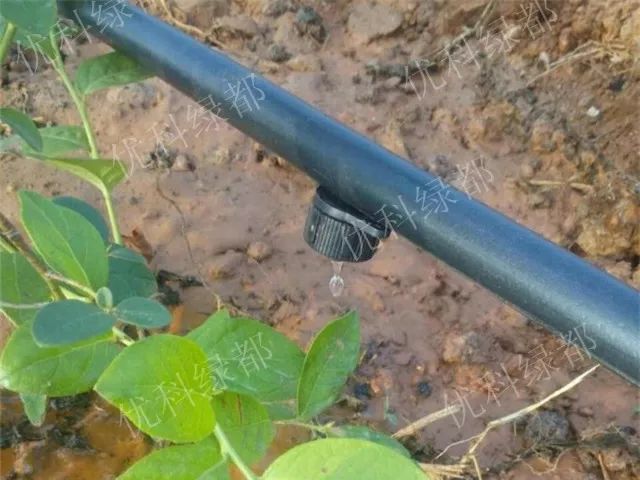
Drip irrigation
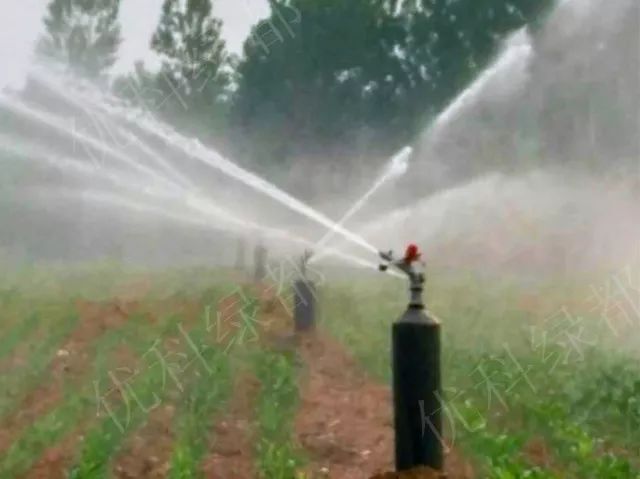
Sprinkler irrigation
